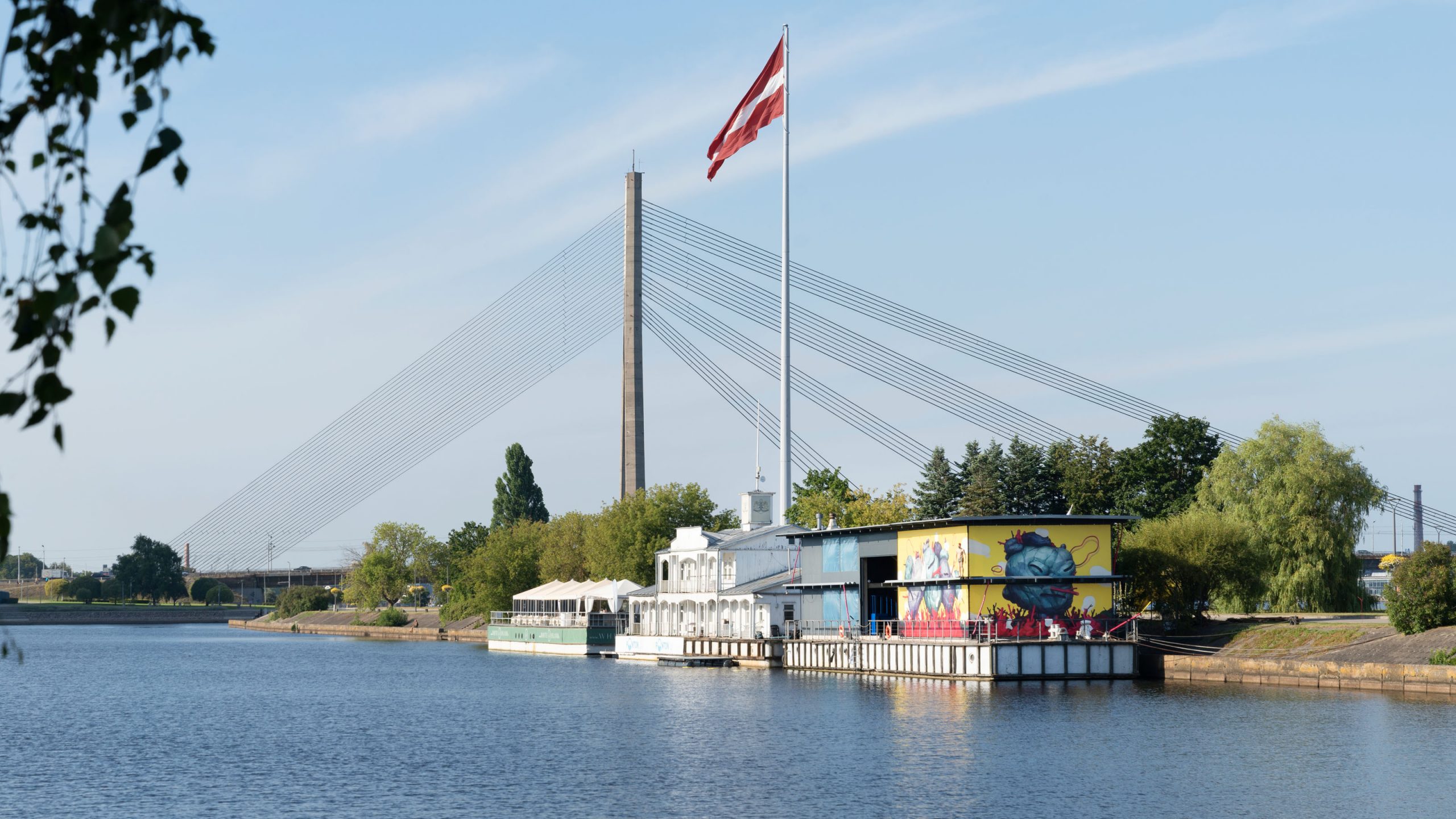
The NOASS art centre is an artist-run organisation with an operating history dating back over 20 years. The organization was founded in 1998 and in 2005 the arts centre was awarded the status of a public benefit organisation. Among Latvia’s non-governmental cultural organisations, NOASS has one of the richest tradition-based histories. NOASS’s interests include visual art, literature, contemporary dance, theatre, sound art, moving image (video) and art projects in the urban environment. NOASS’s goal is to support and promote the development of visual art.
A BIT ABOUT OUR HISTORY AND ROMANCE
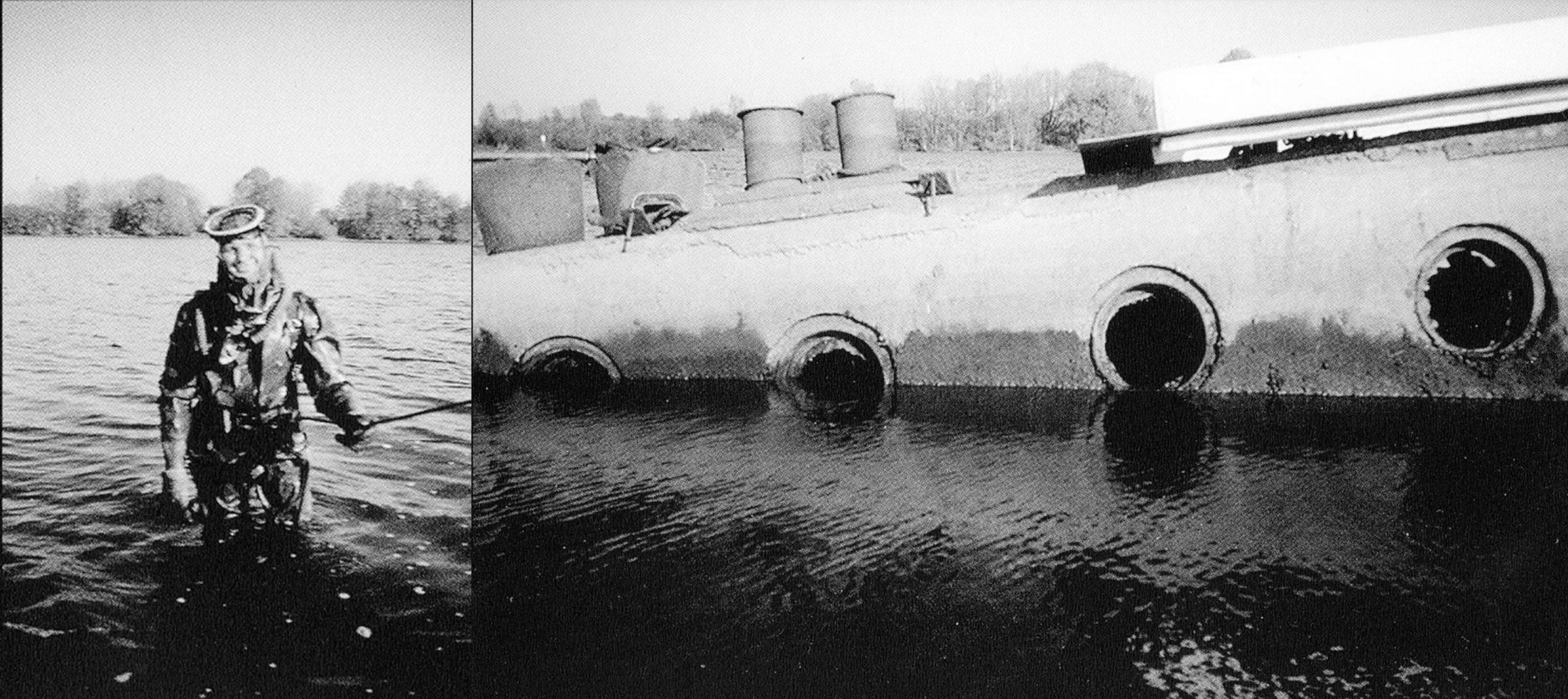
During the 1990s there were not many suitable venues in Latvia and the Baltics, where it was possible to regularly exhibit contemporary and experimental visual art, as well as to present and discuss new works. This was one of the main reasons why in 1998 artists founded their own independent cultural organization. The choice of name was influenced by the legend of Noass (Noaa, Noah). This choice also reflects the motivation for our work. NOASS started its artistic life with an exhibition dedicated to the 80th anniversary of the Latvian State in 1998 and the publication of its first anthology of poetry The Dense River. In a way this was symbolic because to this day we believe that freedom and independence are the main formulas for the existence of the artistic personality. In order to provide opportunities to organise major art events, in 2000 from the depths of the Daugava Dzintars Zilgalvis raised a sunken concrete dock and together with his allies rebuilt it into an exhibition space and floating stage, Ever since NOASS has been one of the most iconic cultural centres in Latvia.
VISUAL ART
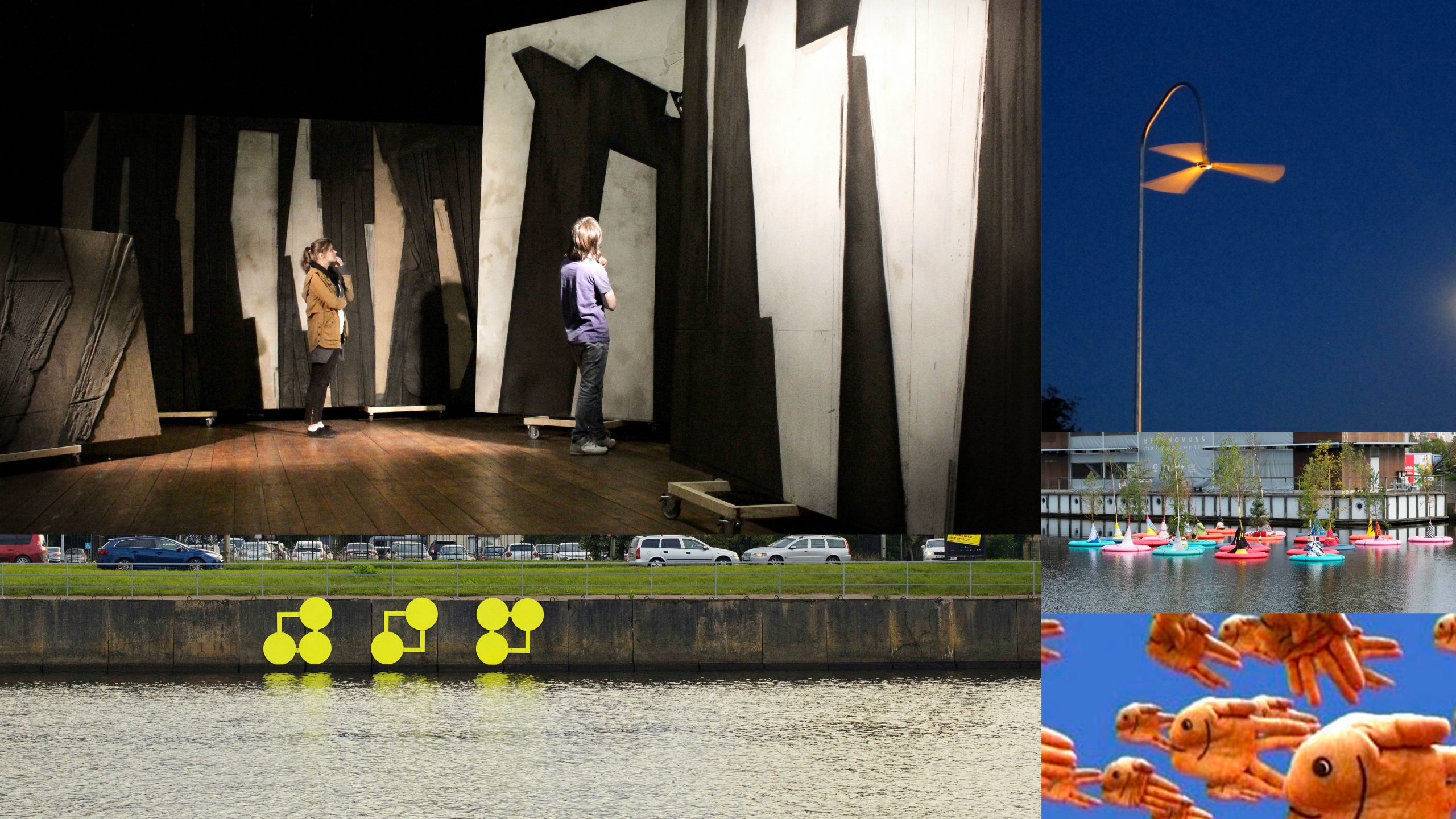
>> go to section “VISUAL ART AND EXHIBITIONS”
NOASS devotes considerable attention to supporting experimental art projects in Latvia, including exhibiting important works of art by trendsetting artists including Bill Viola, Oleg Kulik, Ilmārs Blumbergs, NonGrata, Jaap de Ruig and Aija Zariņa, etc. We offer artists the chance to use four gallery spaces, which are located in two floating buildings, as well as the opportunity to take advantage of the creative opportunities provided by the AB dam park, the adjacent urban environment and the River Daugava. In supporting the production of contemporary art projects in the urban environment, we want to make art part of the daily lives of Rigans and visitors to the city.
The development of art today is dependent on quests for new commonalities and collaboration forms, including contemporary science, medicine and engineering. The art centre collaborates with the University of Latvia, Riga Technical University, Westminster University, FabLab, Arup and other organisations.
The Naïve Art Museum of Latvia
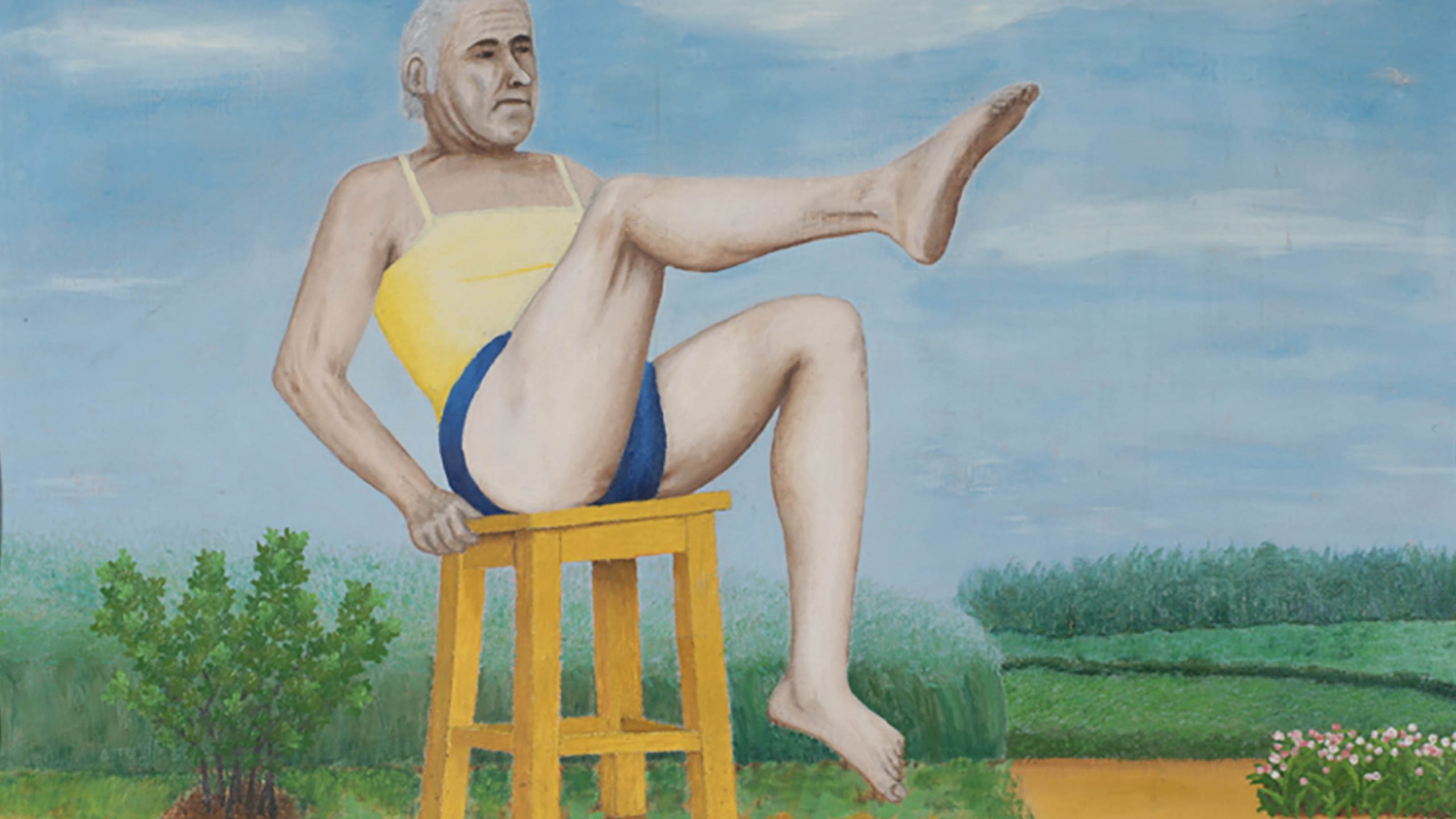
>> go to section “NAÏVE ART MUSEUM OF LATVIA”
The Naïve Art Museum of LATVIA was established in 2006. The museum’s objective is to collect, preserve, promote and study the works of naïve and outsider artists. Special attention is paid to preserve the cultural-historical heritage of naïve art for future generations and to use it in the work of public education.
WATERPIECES
INTERNATIONAL VIDEO AND CONTEMPORARY ART FESTIVAL
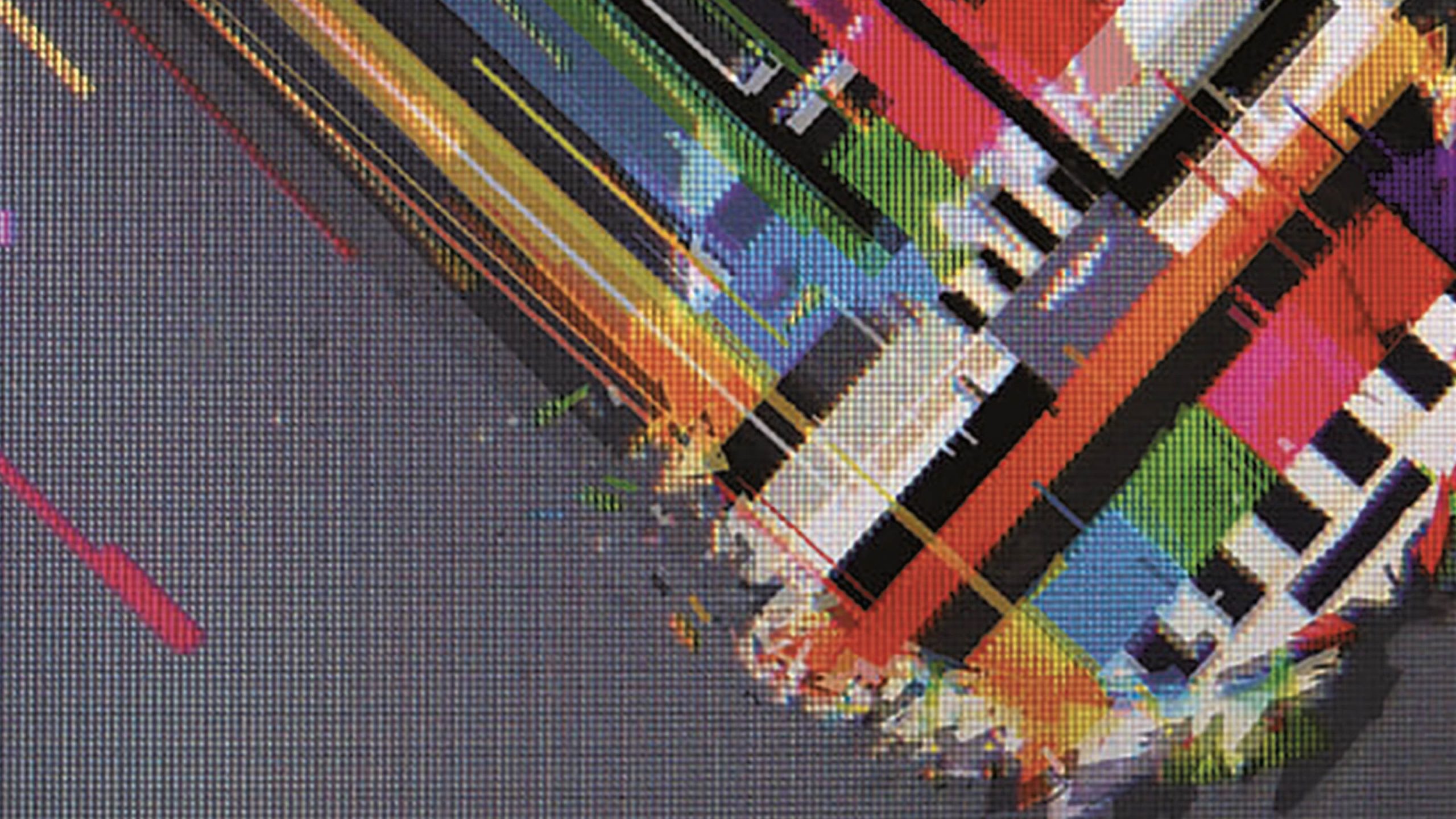
>> go to section “WATERPIECES”
The goal of the Waterpieces festival is to highlight the relevance of the medium of moving image and video within the field of contemporary art. In 2020 the international contemporary and video art festival WATERPIECES celebrated its 20th anniversary. Every year during the festival, audiences have the chance to discover the technical and artistic diversity of the moving image. Select programmes showcase the latest domestic video art works and globally renowned festival and experimental moving image archive programmes. Highly professional and quality artistic programmes give audiences the opportunity to broaden their understanding of moving image art and its interpretations.
VIDEO ART ARCHIVE
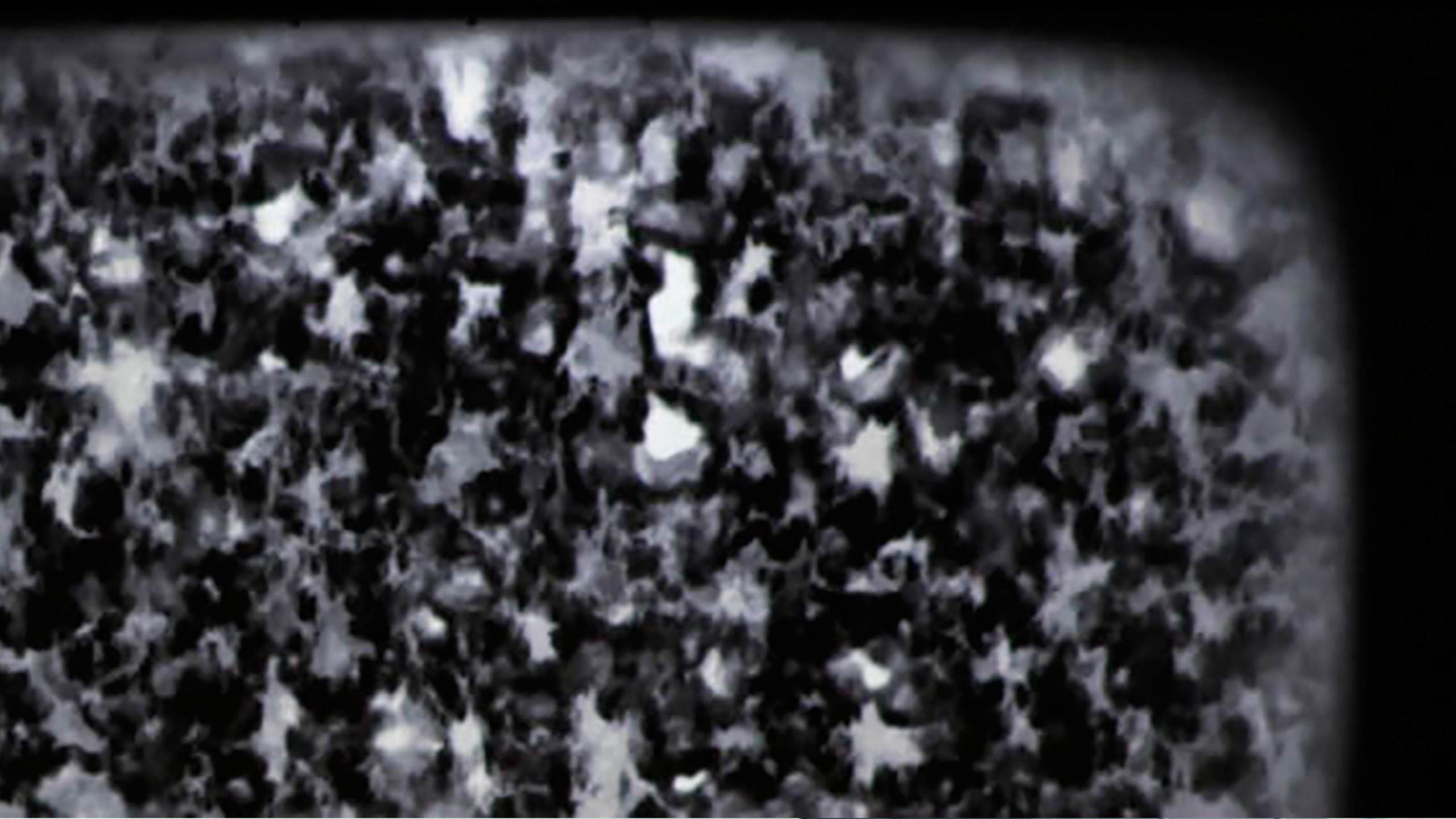
>> go to section “VIDEO ART ARCHIVE”
The Video Art Archive was created as a national video art database and spans the entire history of Latvian video art, starting from the second half of the 1980s through to the present day. The foundation of the Video Art Archive – database is the video library compiled by NOASS.
FLOATING PLATFORM
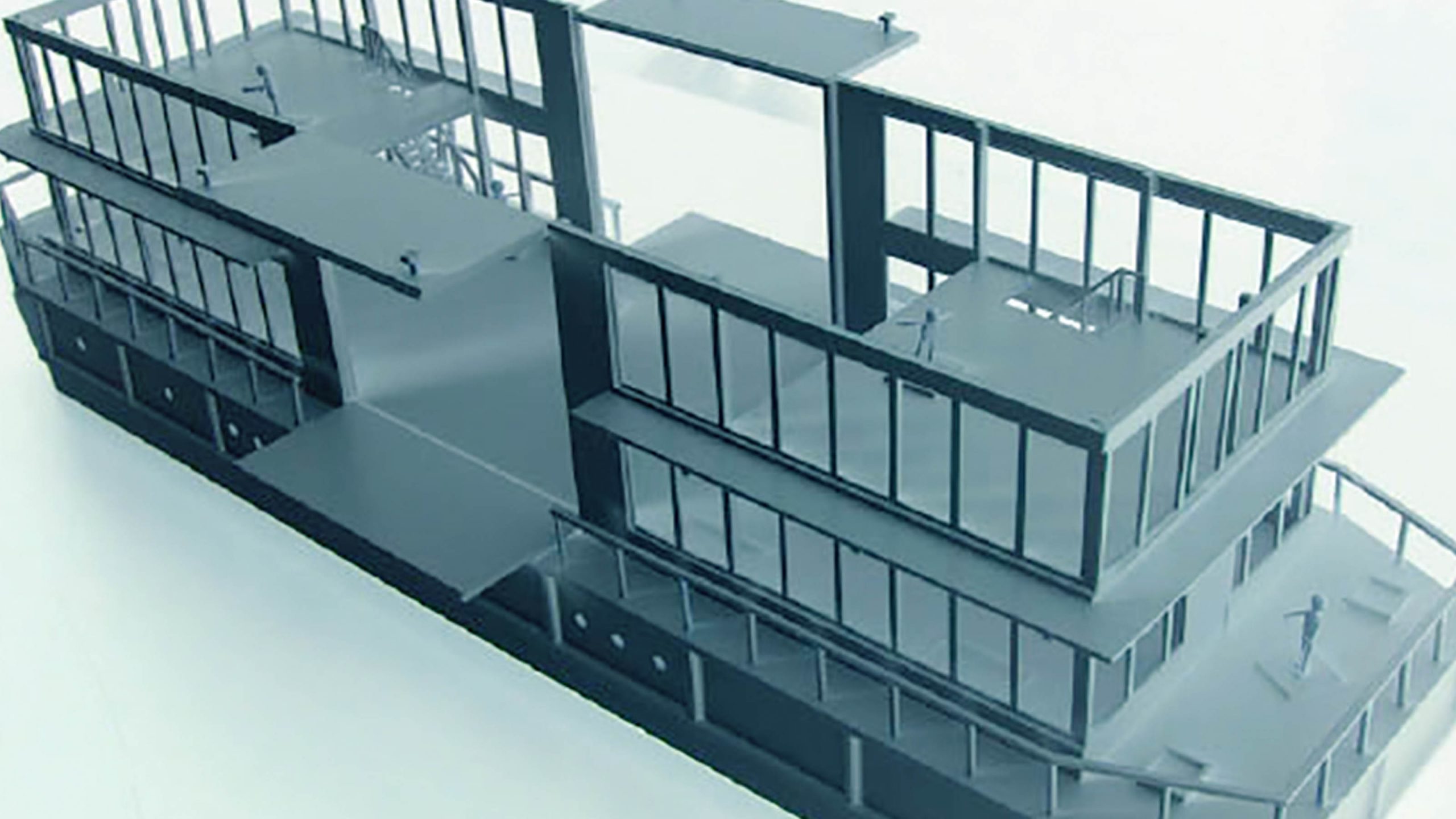
The art centre has a floating 200 m2 stage and hall with an amphitheatre, which hosts “small form” theatrical productions and contemporary dance performances, and where various genres freely interact. The stage and hall can be opened up to face both the part and the adjoining river. It is a venue that hosts “Poetry Days”, the contemporary dance festival “Time to Dance” and “MeetUp”, etc.
MUSIC PERFORMANCES
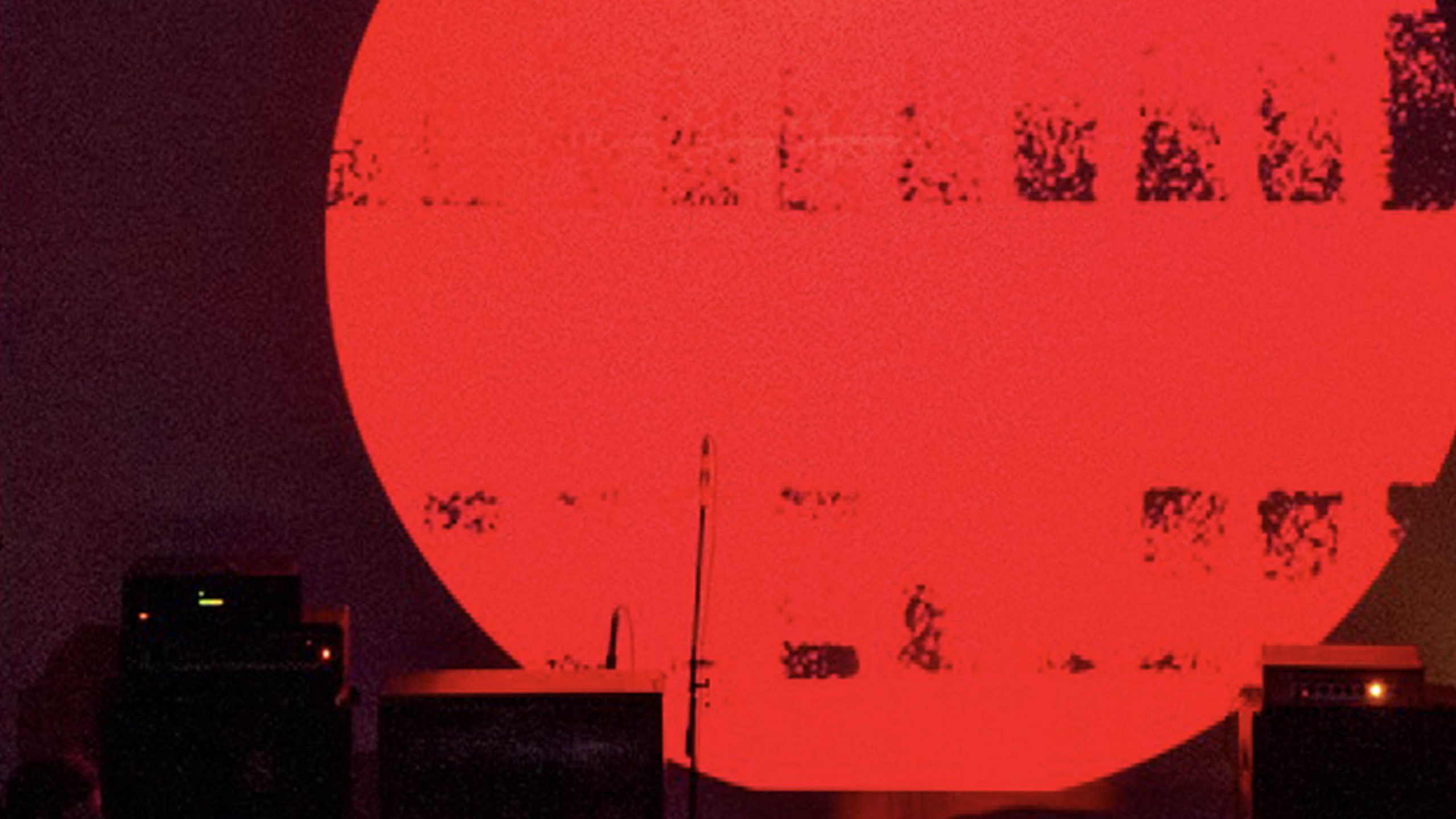
>> go to section “MUSIC PERFORMANCES”
NOASS hosts various sound and music events, ranging from classical music to contemporary and experimental performances. During our events audiences have a chance to discover interaction of visual art and sound.
INTERNATIONAL COOPERATION
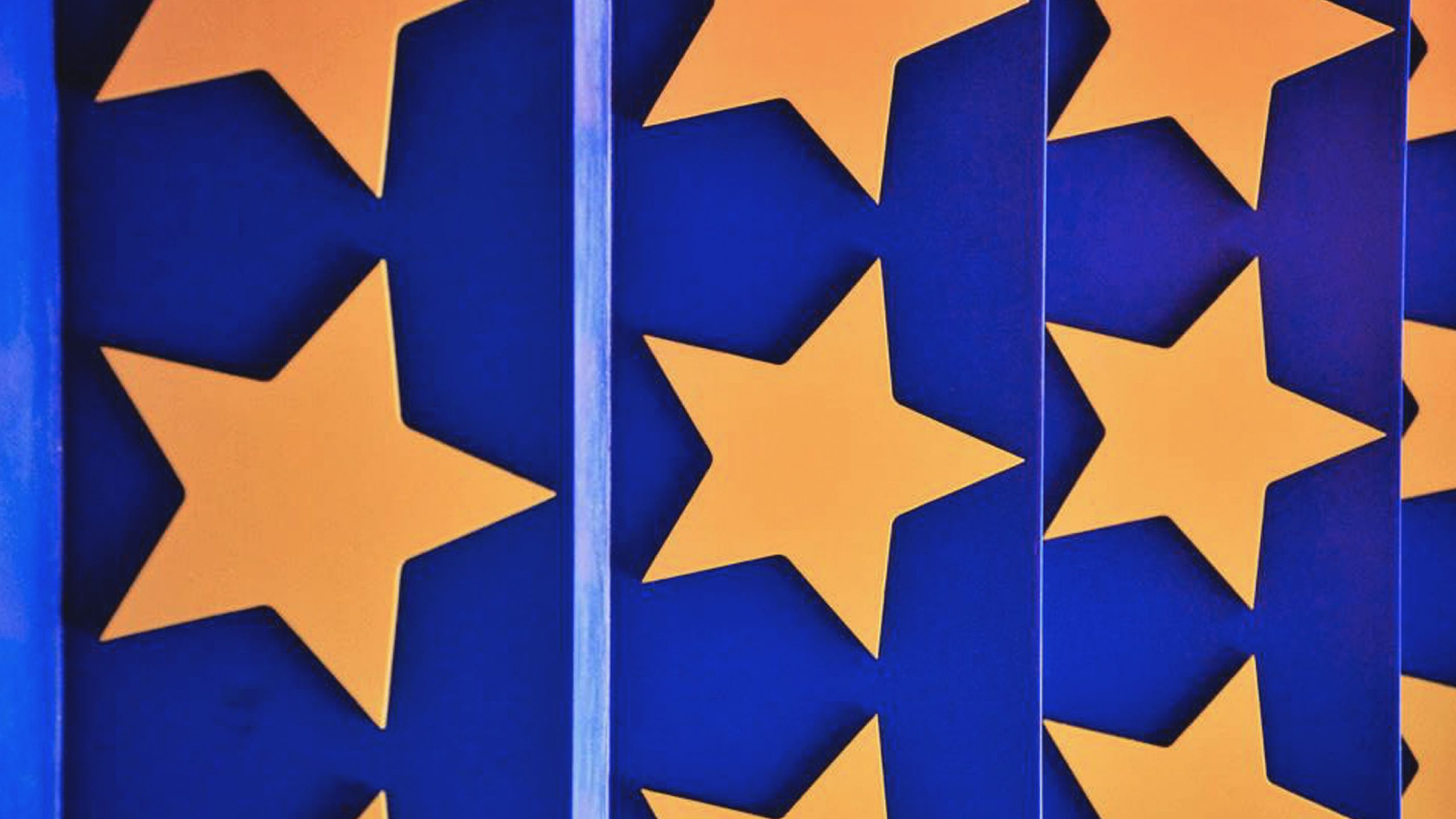
From the time it was founded, one of NOASS’s main goals has been to integrate Latvian art events into the European cultural landscape. Since 2007 NOASS has been part of the TEH – Trans Europe Halles – European independent cultural centre network. The second biggest European network that NOASS is actively involved is the European Network of Cultural Centres (ENCC). Since 2008, NOASS has operated as an EBD – European voluntary work dispatch organisation and as a host organization, thus facilitating the mobility of young people, who are interested in cultural and art events, among various public organisations.
Artists’ conversations and masterclasses
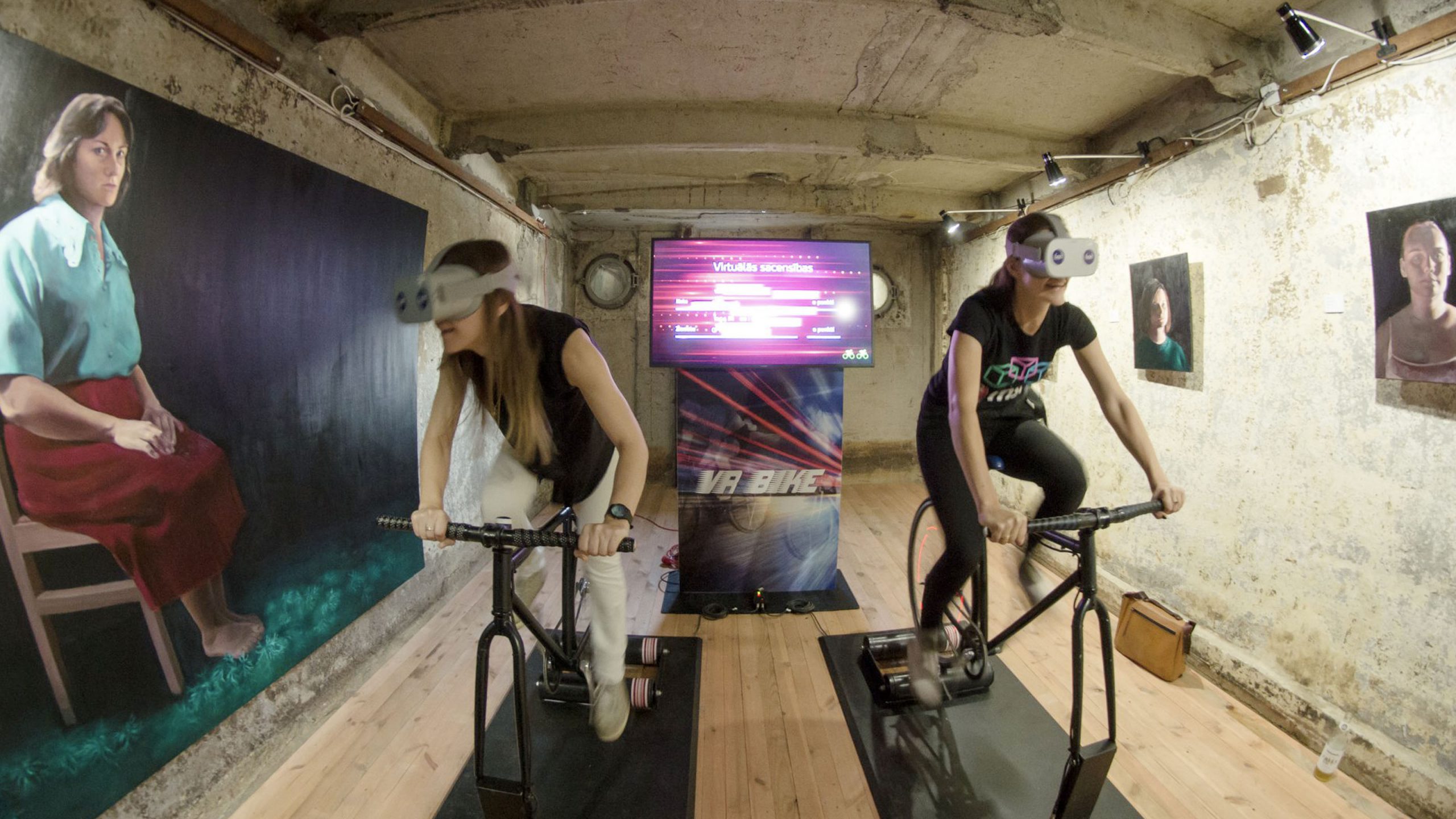
In presentations and discussions artists introduce themselves, their works and new discoveries in art. These events are important, because they give artists the chance to offer an in-depth insight into their creative work.
In order to foster quest for new artistic forms and instruments in art, inter-disciplinary masterclasses are held on a regular basis. Contemporary artists create technically impressive installations, exhibit works in public space and build small architectural forms. Many projects exceed the boundaries of one person’s knowledge. Inter-disciplinary masterclasses incorporate science, engineering and architecture, using cutting edge technology and materials.
